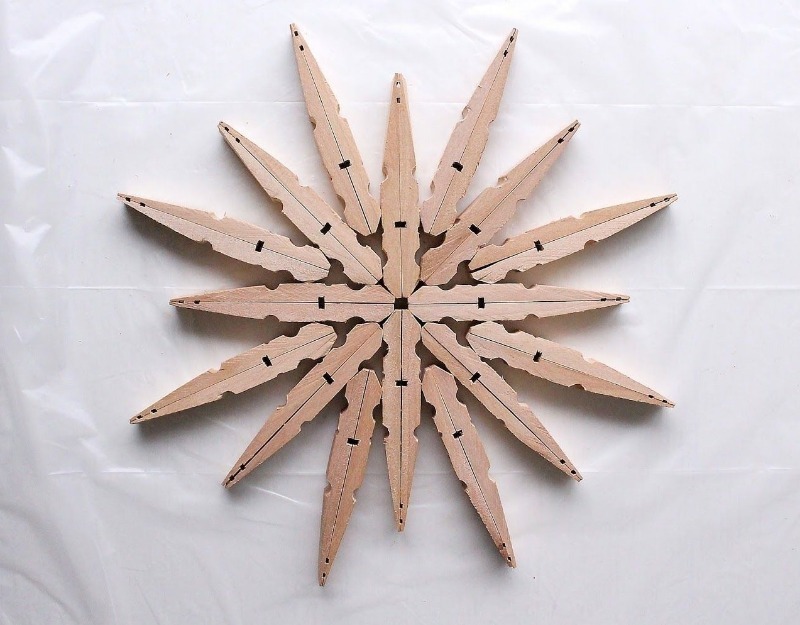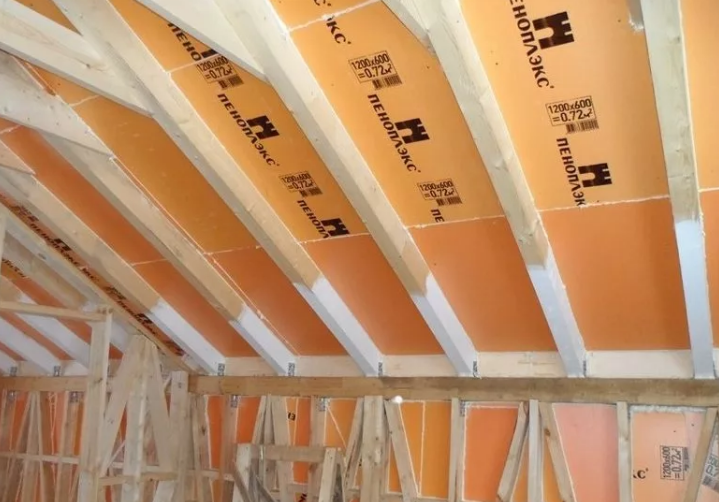In order to redirect the liquid flow in the water supply or heating systems use three-way valves. They act like a rail direction, connecting to the inlet of one or the other output. Such valves can completely switch the flow of water, and can smoothly adjust the distribution between the two circuits.
Applications and use
Three-way valves are used in the following areas:
- In the main heating system. With the apparatus to the main flow of coolant is added some amount of return flow. This is done when you need to reduce the direct flow temperature and pressure without changing the mode of operation of the boiler. Cranes equipped with an electromagnetic drive or a temperature-sensitive sensor.
- In a domestic heating systems. Used thermostatic actuator, which is controlled by the temperature of coolant directed, for example, in equipment "underfloor" wall or battery. Installing the remote control module greatly simplifies the control of the microclimate. Precise control of the temperature of the liquid in the return line can significantly reduce heating costs. It also helps to limit the maximum temperature of underfloor heating, protecting it from overheating.

- For water at the water temperature regulation. EXAMPLE-the most famous is the usual mixer.
- For water treatment. To switch the water flow in loop filter bypassing during service work, such as replacement of the cartridges.
Used three-way valves in the pipelines of technological purpose, wherever required temporarily or continuously redirect flows of liquids or gases, and also to mix such streams in certain proportions.
The principle of operation and a three-way tap device for heating
At the heart of the design is a conventional three-way tap T-piece. Two incoming pipe (in the diagram on the right and top) serve for the supply of cold and hot water. Exhaust pipe (left in the diagram) diverts the mixed flow. The central chamber is rotated on the axis regulating sector partially overlapping incoming connections. The figure shows how the threeway cock sectored

The overlap can be from 0 to 100%. design feature is that the more open the lumen of one of the incoming pipes, the smaller the gap to the other. If the sector is in the middle position, it passed 50% of each stream. Displacing the sector, e.g., to the upper pipe can be produced proportions cold / hot:
- 45/55%;
- 40/60%;
- 20/80%.
And so on until the complete overlap of cold water (0/100%), in this case only the outlet hot water will flow
The valve can be operated manually and via the bimetallic thermostatic device.

Such a function can be performed using two conventional two-way valves and a tee used together. This is what happens in the twin valve. To ensure a constant pressure and to precisely control the mixing proportion of the hot and cold flow, should provide opening the two valves in antiphase (otkryvaetsya- one another proportionally closes), for example, put them on a single axis.
Kinds
Three-way valves are divided into two large groups. They may be:
- Separation. Serve for apportioning an incoming flow into two outgoing.
- Mixing. It is intended to mix the two incoming streams in a summing

From the diagram it is clear that the design of the mixing and the separating valve is almost identical. They differ only in the direction of flow. With proper installation Buda mixing valve to work as a release. Only need to properly set up the control system. If no problems will be manual. More difficult, but it is also possible to configure and electronic controls. But thermostatic control unit in case of connection of the separation scheme is to distribute the flow streams in dependence incoming temperature. It will have to be taken into account in the design of the heating system.
How many positions is a sector valve with electric, shown in Fig. 5

In addition to the sector three-way valves are also available and the semitrailer. The principle of operation they have the same, but there are structural differences.

A mixing truck crane is moving on the rod spherical operating element, it locks on the saddle line, through which the chamber and further into the outlet streams are miscible. Isolating valve has two working bodies, attached to a single rod and closes the outlet streams. The more one is covered, the other open longer. Seat valves can not be used interchangeably.
Furthermore, the three-way device divided by the control method comprising:
Electrical. Sector rotated by an electric motor with gear. These devices are connected to a computerized management system reads the temperature sensors and in accordance with a built-in flow control algorithm.

- Manual. Applied in simple circuits with constant proportion distribution or mixing fluxes. Sector rotation angle is set manually by turning the flywheel.

- Thermostatic. Managed by an autonomous thermostat. It is mounted at a certain temperature when setting up the system, it will further supports it, the bypass portion of the incoming flow from the radiator on bypass pipe (bypass).

If necessary, turning the handwheel can change the set temperature. Often installed on radiators input for adjusting a comfortable temperature in each room.
How to choose
When choosing a three-way valve, it is necessary to take into account several parameters. The selection process is well to enlist the help of an experienced engineer plumbing.
First of all it is necessary to evaluate the purpose of separating device- or mixing. The next step is to determine where to install the system on the circuit as well as device control method. If you plan to automated control of heating, it is necessary to decide how it will be controlled by the electric kran-, thermostat or manually.
Further analysis of the subject to the following specifications:
- The capacity of the line. This is the volume of fluid passing per time unit. crane capacity should be no less. Too little clearance will create an undesirable resistance to flow and hinder the work of the entire system.
- And maximum operating pressure. It must also comply with the calculated values for the heating system.
- Connecting dimensions. If an exact match diameters could not be reached, then use adapter fittings.
- The adjustment range of operating temperatures.
Guided by these parameters, you need to select from dozens of market offers several models corresponding to the specified requirements.
At this stage, it's time to compare the price, the warranty period, service availability, and of course, the reputation of the Manufacturer. Guaranteed quality have such market leaders as:
- Honeywell. The American company second century produces, supplies, installs and maintains a wide range of components and entire management of heating, ventilation, security.
- Esbe. The Swedish firm also supplies more than 100 years of accurate and highly reliable valves, fittings and system components, specializing in heating engineer. Scandinavian tradition of thorough and high-quality work combined with innovative approaches to the design.
- Valtec- Russian-Italian company that successfully combines high quality with Italian seven-year warranty and reasonable prices. Fully localized production with the European quality assurance system not long ago appeared on the market, but has already gained popularity.
The market also has a lot of vendors who failed to win such an impeccable reputation. Saving on the cost of the valve can further lead to instability, increased costs or even failure of the entire system.
Mounting
Usually, when installing the three-way valves is selected from a standard, well-established schemes.
Gravity sewer or hydraulic splitter
In this scheme, the circuit provided №2 pump circulates the coolant. His oboznachenie- two blue equilateral triangles connected vertices.

Direct connection to the heat source
Important! If the valve is connected directly to the boiler bypass, connected to the pipe in front manometer have to mount the valve with a hydraulic resistance equal to the resistance heat source.

Otherwise, oscillations begin coolant flow in the area A-B. They will be called the stock fluctuations.
Differential Pressure Regulator
In the case of high pressure from the heat source between the pressure manifold and the throttle valve controller is set manometric compensating excess pressure coolant.

Experts use other connection circuit, based on the destination system and the ratio of heat source parameters pipeline system valve and the consumer.



